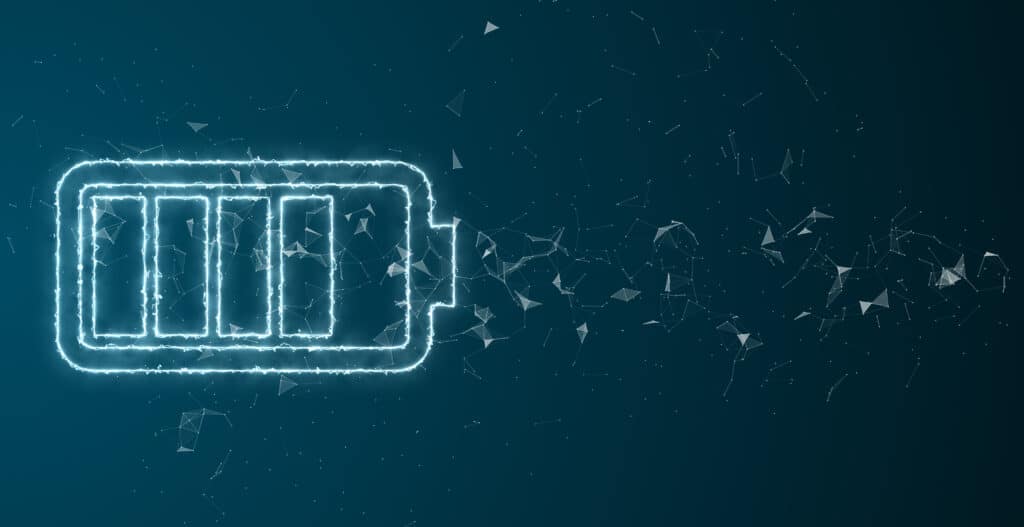Coating Cathode Materials in Batteries with Spatial ALD
Cathode materials
Cathode-active materials (CAM) are typically composed of metal oxides. The main types are lithium cobalt oxide, lithium manganese oxide, lithium iron phosphate, and lithium nickel manganese cobalt oxide. Each of these has different levels of how much energy they can hold, how well they handle heat, and how cost-effective they are.
Cathodes are central to battery functionality, determining energy density and performance across various applications. Their ability to store and release energy efficiently impacts the reliability and effectiveness of batteries used in devices, vehicles, and renewable energy systems.
Advancements in battery technology have been influenced by Spatial Atomic Layer Deposition (sALD). This thin film layer technique is reshaping cathode material development by offering precise and scalable methods, promising advancements in battery lifespan.

Cathode Coating Fundamentals
Significance of Coating Cathodes in Battery Production
Coating cathodes is vital in optimizing battery performance. These coatings act as protective layers, shielding cathode materials from degradation, enhancing conductivity, and ensuring long-term stability. A well-coated cathode can significantly reduce the capacity fade in a lithium ion battery.
Limitations of Traditional Cathode Coating Methods
Traditional coating methods often suffer from inconsistencies in layer thickness, restricted material choices, and challenges in scaling production. These limitations have underscored the need for innovative techniques using Spatial ALD to overcome these drawbacks of cathode performance.
Spatial ALD Technology in
Cathode Coating
Spatial ALD and its Distinction from Traditional ALD Techniques
Spatial ALD is a revolutionary method that allows conformal coating of intricate structures. Similar to traditional ALD, Spatial ALD provides uniform coatings across complex surfaces, enabling precise control over thickness and material composition. However, Spatial ALD is much more efficient and faster.
Examples of cathode material that can be improved using Spatial ALD include NMC (oxides of Nickel, Manganese, and Cobalt) in various combinations.
Characteristics and Benefits of Spatial ALD for Cathode Materials
The precision and scalability of Spatial ALD make it an attractive solution for cathode coating. Its ability to apply uniform and tailored coatings, work with diverse materials, and potentially reduce production costs marks it as a promising technology in battery development.
“Spatial ALD is a key player in advancing battery technology, paving the way for improving cycle life and enabling the use of higher capacity anode and cathode materials”
Advantages of Cathode Coating with Spatial ALD
Enhanced Efficiency
Spatial ALD significantly improves the electrochemical performance of cathode materials by enhancing their conductivity.
Superior Longevity
Efforts are directed toward minimizing the gradual degradation that batteries experience with each charge and discharge cycle. Batteries that are more stable and have a longer lifetime will reduce costs and minimize environmental waste.
Accurate Layering Precision and Materials Diversity
Spatial ALD offers control over layering thickness and uniformity, enabling the creation of sophisticated cathode designs. This precision, coupled with the versatility to employ diverse materials, promotes the development of innovative cathodes, potentially enhancing battery performance and durability. It also helps in minimizing the dependency of scarce materials, such as Iridium and Platinum.
Empowering Innovative Cathode Designs
The ability to precisely tailor coatings and utilize a wide range of materials presents opportunities for cathode designs. These advancements aim not only for enhanced performance but also for increased stability and longevity.
Innovations in Cathode Material Coating
New methodologies in cathode material coating, using Spatial ALD have focused on enhancing durability and stability. These advancements aim to deliver longer-lasting and more resilient energy storage solutions.
